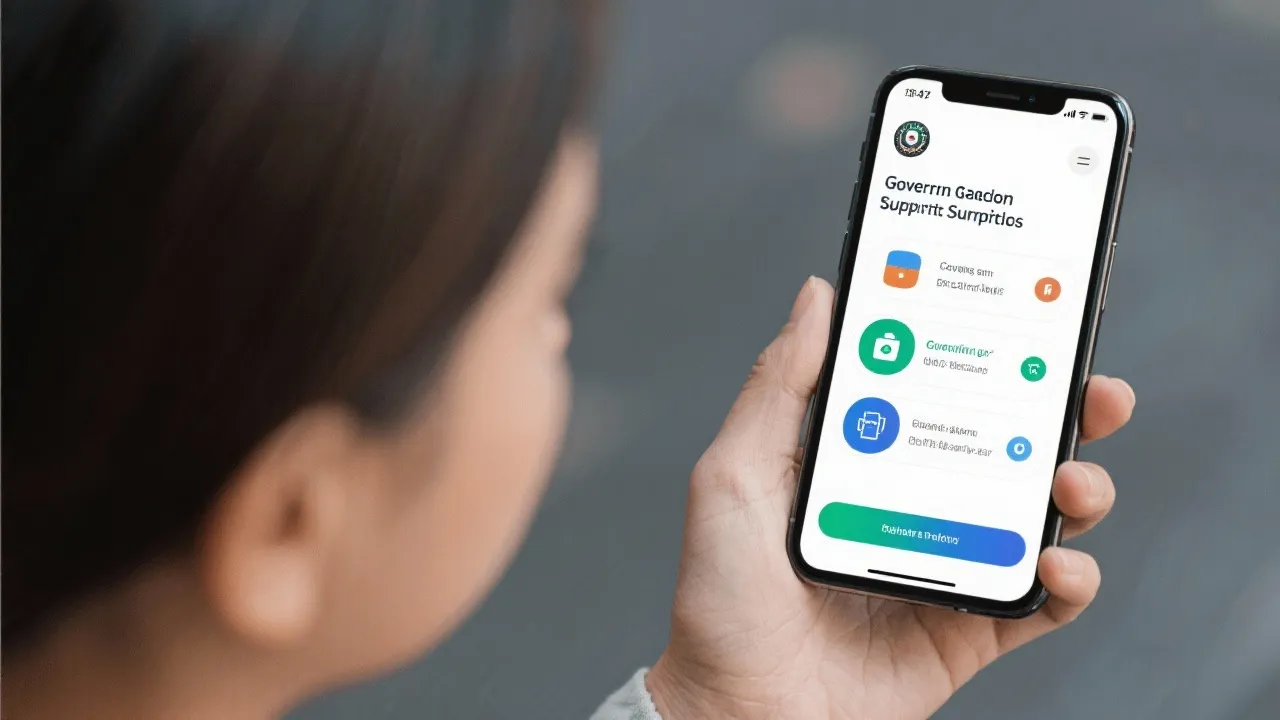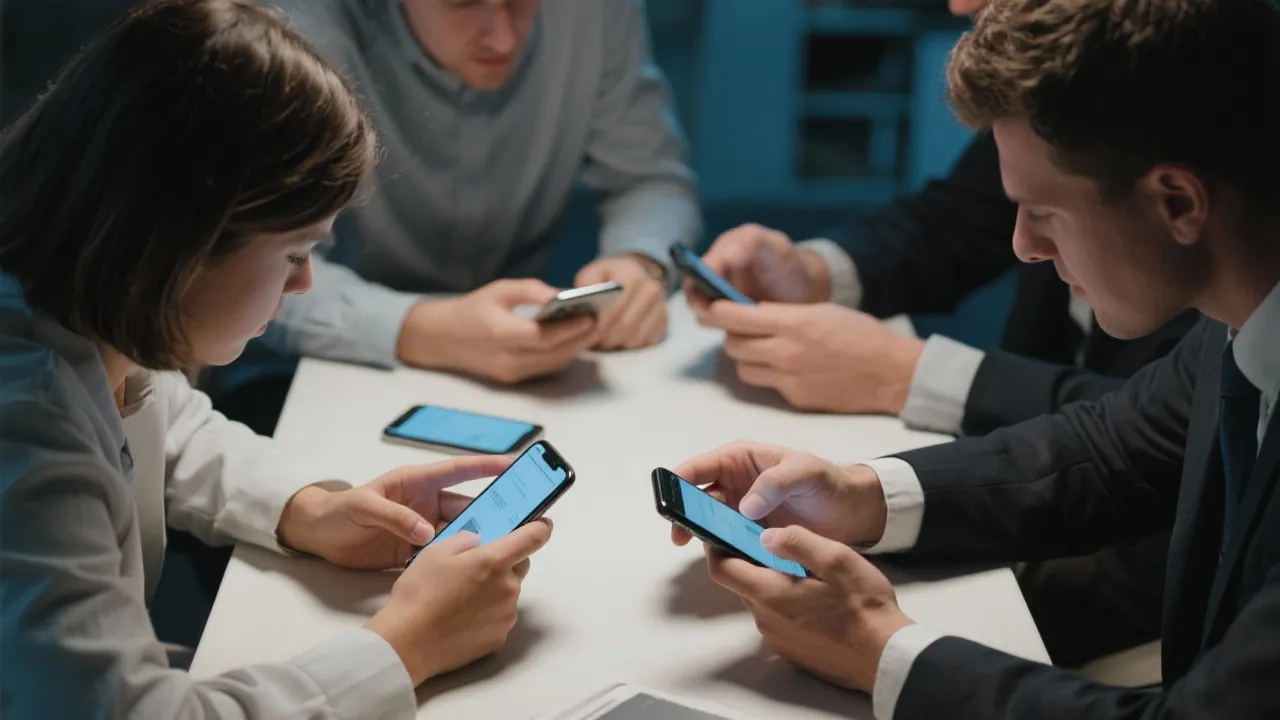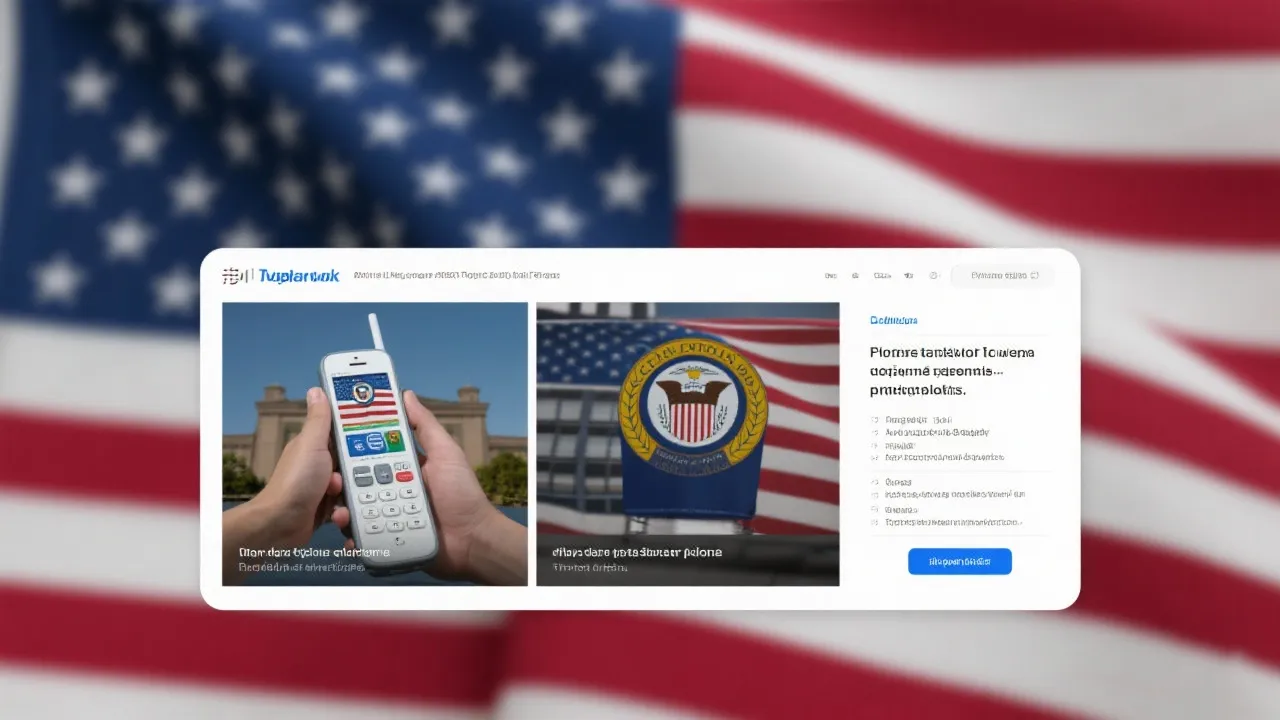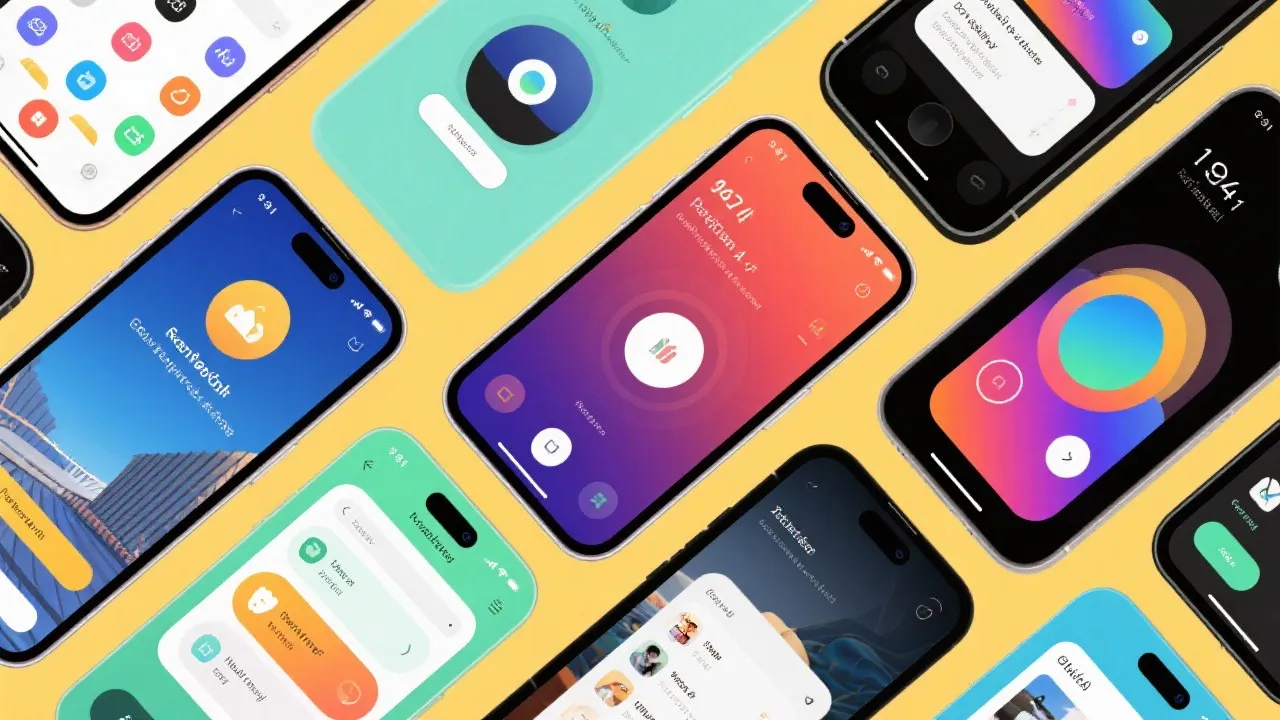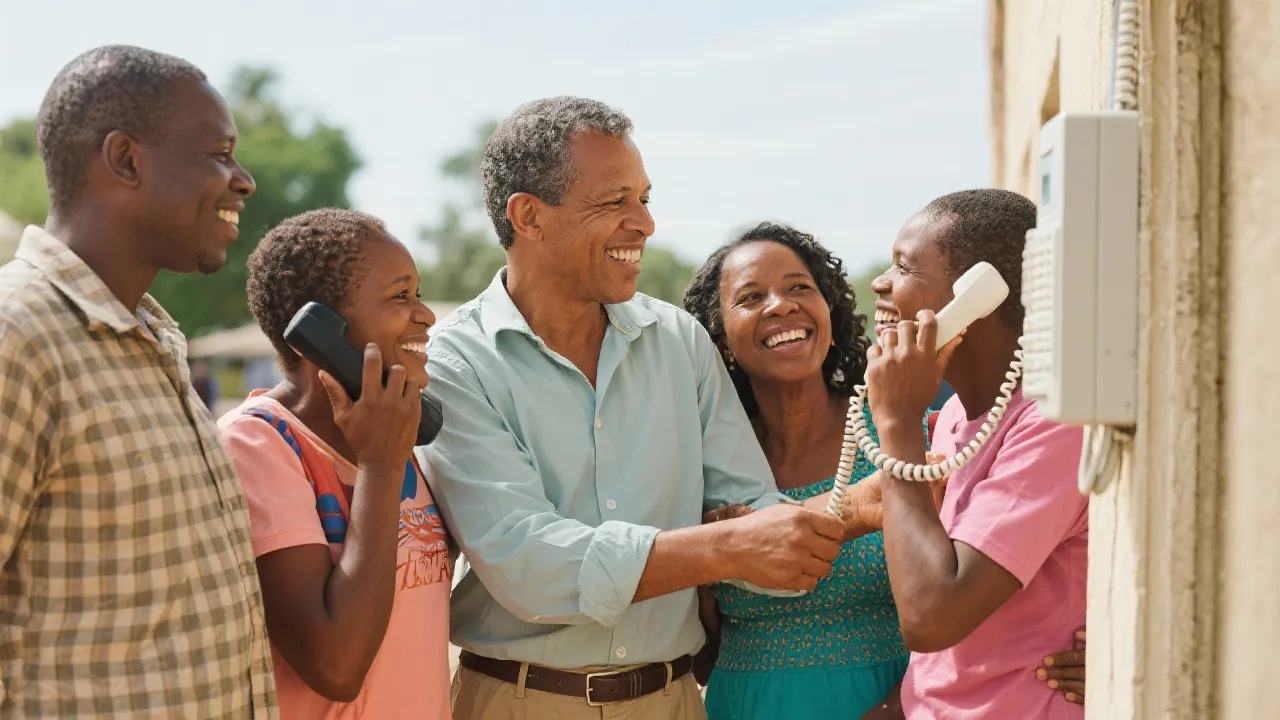Navigating Affordable Phone Providers
Exploring affordable mobile options through affordable phone providers offers insights into government-supported programs targeting low-income individuals. In today's digitally dependent world, possessing a reliable mobile phone is indispensable. This guide delves into various providers offering such solutions, their services, and eligibility criteria, aiming to enhance accessibility for those in need.
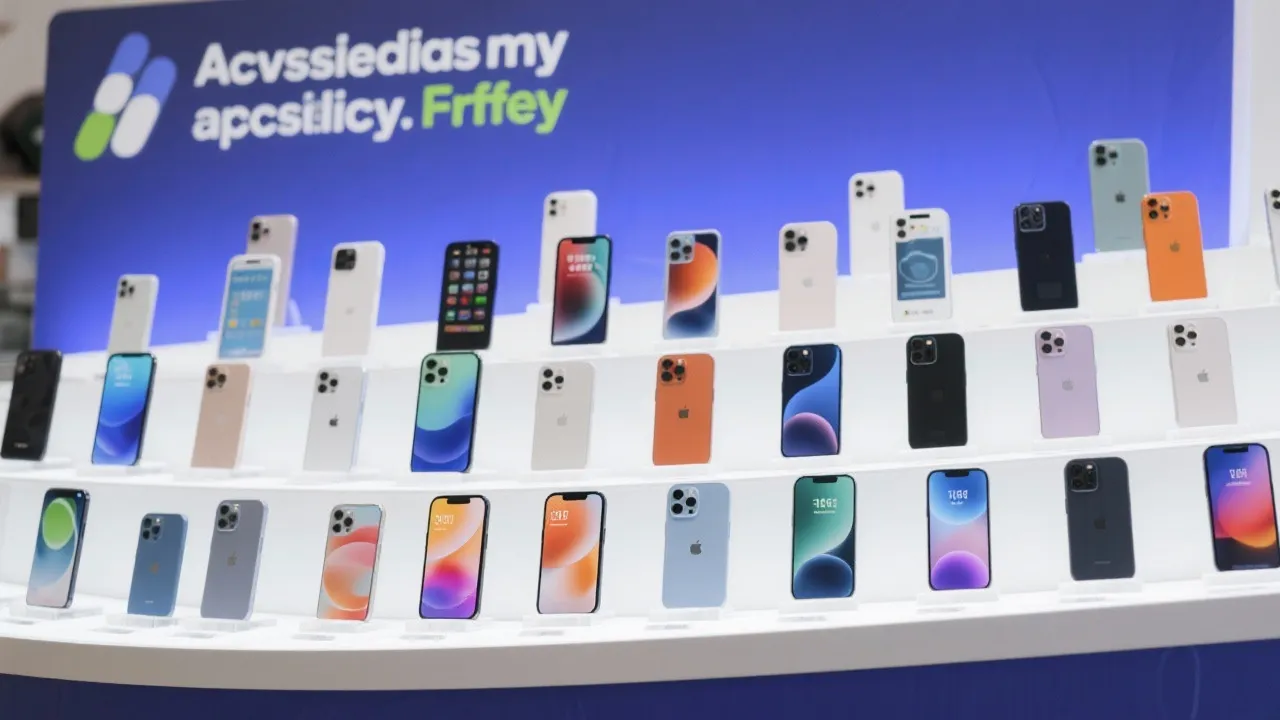
Understanding Accessible Mobile Solutions
In an era where connectivity is synonymous with opportunity, having access to a reliable phone isn't just a convenience—it's a necessity. With mobile technology advancing at an unprecedented pace, the digital landscape is continually evolving, making it critical to remain connected to a broader network, be it for personal, educational, or professional reasons. Acknowledging this need, several government-supported programs in the United States offer mobile solutions at low prices to eligible consumers. This comprehensive guide uncovers the intricacies of these affordable phone services and the benefits they confer.
The Role of Government-Supported Phone Providers
Programs offering affordable phones are predominantly backed by initiatives like Lifeline Assistance, designed to ensure that telecommunication services are accessible to low-income households. These programs not only provide affordable phones and plans but also seek to bridge the digital divide that persists across various socio-economic demographics. With the rise of teleworking, telehealth, online education, and virtual social interactions, access to a mobile device has never been more critical. Below we explore several notable affordable phone service providers and the assortment of services they offer.
| Provider | Services | Additional Costs |
|---|---|---|
| SafeLink Wireless | Affordable smartphone or BYOD, unlimited text, calls, and data (varies by plan and state) | Charges for premium devices or additional data |
| Assurance Wireless | Affordable Android smartphone, unlimited talk and text, data allowances | Options for more high-speed data or international calls |
| StandUp Wireless | Affordable smartphone or BYOD, unlimited talk and text, data plans | Fees for premium phones or extra data |
| Access Wireless | Unlimited voice, text, and high-speed data options with Lifeline and ACP benefits | Available data boosts and device upgrades |
| True Wireless | Affordable government-assisted phones, voice and data plans | Charges for device upgrades or additional data |
Applying and Meeting Eligibility Criteria
Acquiring an affordable phone from these providers typically involves an online application process, along with proof of eligibility. Various programs necessitate participation in government assistance initiatives such as Medicaid, SNAP (Supplemental Nutrition Assistance Program), or SSI (Supplemental Security Income), or require household income to fall below specific federal thresholds. It is important to prepare the necessary documentation and understand the application requirements to smooth the process. Those seeking assistance might benefit from understanding not only the immediate steps involved but also the larger context and implications of these programs.
Application Steps:
- Submit an application form via the provider's website, ensuring that the information is accurate and current.
- Upload the requisite documents proving eligibility based on income or program participation, ensuring that they are clear and legible.
- Depending on the provider, assistance is often available on how to smoothly navigate the application process, including support through customer service or online resources.
Exploring Eligibility Requirements
To qualify for these services, individuals or households must typically meet one of the following criteria:
- Income that falls at or below 135% of the federal poverty guidelines for Lifeline benefits, or 200% for ACP.
- Enrollment in federal assistance programs like Medicaid, SNAP, SSI, or FPHA (Federal Public Housing Assistance).
- Residing on Federal Tribal lands often affords additional benefits, recognizing the unique challenges faced by these communities.
These criteria are designed to ensure that the most vulnerable populations receive the support they need. Understanding these requirements is vital for potential applicants, as eligibility can change based on shifts in federal regulations or funding availability.
Why These Programs Matter
Telecommunications is a critical component of modern life, and these government-supported initiatives ensure that economic hardships do not result in digital isolation. Consider the vast array of ways that mobile phones have become indispensable. Whether it be for emergencies, job opportunities, maintaining a social network, or accessing vital services like healthcare and education, having a reliable mobile service is invaluable. In an age where job applications and interviews are often conducted online, or where telehealth visits have grown in popularity, a mobile phone can directly affect one's ability to succeed personally and professionally.
Furthermore, these programs not only assist individuals but also contribute positively to communities as a whole. An informed populace that is connected can engage more effectively in civic activities, support local economies, and facilitate more significant improvements in education outcomes, particularly among younger generations who increasingly rely on digital learning environments.
FAQs
- Who is eligible for affordable government phones? Eligibility criteria typically involve income thresholds or participation in federal assistance programs as outlined above. This ensures that the assistance reaches those who need it the most and that the resources allocated are put to effective use.
- How does one apply for these services? Applications are usually submitted online, necessitating proof of eligibility through documentation. Understanding the necessary documentation is crucial; failure to provide adequate proof can result in delays or denials.
- Are there costs associated with these phone plans? While basic services are provided at low price, optional upgrades and additional data are available for a fee. Consumers should carefully consider their needs and the costs associated with supplementary services before deciding.
- How long does the application process take? The time it takes to process an application can vary by provider and individual circumstances but typically ranges from a few days to a few weeks. Applicants should allow ample time, especially during high-demand periods.
- What happens if I no longer qualify for the program? If an individual’s circumstances change and they no longer meet the eligibility requirements, they will be notified by their service provider and may need to transition to different service options. It's essential to stay informed about possible repercussions of losing eligibility.
Conclusion
Access to affordable phone services is more than just a benefit—it's a lifeline ensuring seamless participation in today’s digitally-integrated society. By understanding and utilizing these resources, eligible individuals can harness the power of connectivity, regardless of economic constraints. As digital landscapes evolve and the need for connectivity continues to rise, the importance of these government-supported phone programs cannot be overstated. They allow individuals not only to access essential services but also to maintain relationships, pursue education, and seek employment opportunities—essential facets of an individual's independence and agency.
The growth in mobile technology serves as a bridge to opportunity, enabling a broader range of interactions and fostering an environment of inclusivity. It’s pivotal for communities and governmental entities to continue assessing and improving these programs, ensuring they adapt to changing needs and technological advancements. Thus, promoting digital literacy alongside access ensures that once these barriers of entry are removed, the benefits multiply, enriching lives and strengthening the fabric of society.
source: SafeLink Wireless, Assurance Wireless, StandUp Wireless, Access Wireless, True Wireless
Disclaimer
The information provided here is sourced from online resources and reflects data available as of October 2023. We cannot guarantee that all applicants will receive a government-supported phone. For precise application requirements and to understand how to acquire these services, potential applicants should directly refer to each provider's official guidelines. This page will not be updated in real-time, and individuals seeking information about changes in eligibility criteria or available services should conduct periodic reviews of the providers' websites.
The Future of Accessibility in Mobile Communication
Looking ahead, the landscape of mobile communication will undoubtedly continue to evolve, with innovations promising more integrated and accessible solutions for consumers of all backgrounds. Advancements in telecommunications technologies, including 5G networks and improved smartphone capabilities, are paving the way for enhanced user experiences. As such, it is vital for initiatives like the Lifeline program to not only keep pace with technological advancements but also to proactively promote inclusivity within their offerings.
Policy makers and service providers need to stay vigilant about the digital divides that may persist in underserved communities. The future will likely see an increased emphasis on integrating user feedback into service design, ensuring that the needs of diverse populations are met. Additionally, as internet usage rises and more people rely on online resources, educational initiatives must be matched with service availability. For instance, being equipped with an affordable smartphone while having limited internet access undermines the potential benefits of these programs.
Partnerships among technology companies, non-profit organizations, and governmental bodies will be significant in addressing these challenges. Initiatives that educate users on digital skills, data privacy, and safe usage will empower individuals, enabling them to navigate modern technological landscapes confidently. The intersection of connectivity, education, and empowerment will ultimately enhance the overall quality of life and foster greater societal advancements.
In conclusion, as we lean into the digital future, recognizing the importance of accessibility in mobile communication forms the backbone of a connected society. Emphasizing reliable access to mobile solutions is not just an individual benefit; it's a communal strength that can drive collective growth and innovation.
-

A Guide to Cost-Efficient Small Electric Cars for Seniors
-

Mastering Debt Consolidation: Boost Your Credit Score and Manage Interest Rates
-

Your Guide to Loans, Credit Checks, and Interest Rates
-

Affordable Independent Living: Finding the Right Senior Housing
-

Guide to Senior Living Apartments: Affordable and Comfortable Environments





